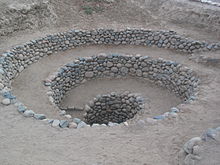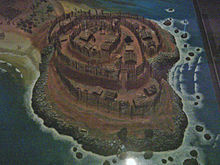Brackenspore
King
- Joined
- May 5, 2015
- Messages
- 628
Nitroglycerin
Enables: Goldfield (Building)
Goldfield (Building)

Text: https://en.wikipedia.org/wiki/Australian_gold_rushes
+10 , +5
, +5 
+2 Crime / Turn
Requires Culture (Oceanian)
Requires Gold Mine
900
Enables: Goldfield (Building)
Goldfield (Building)
Spoiler :

Text: https://en.wikipedia.org/wiki/Australian_gold_rushes
Spoiler :
During the Australian gold rushes, significant numbers of workers (both from other areas within Australia and from overseas) relocated to areas in which gold had been discovered. A number of gold finds occurred in Australia prior to 1851, but only the gold found from 1851 onwards created gold rushes. This is mainly because, prior to 1851, the colonial government of New South Wales (Victoria did not become a separate colony until 1 July 1851, and Tasmania did not become a separate colony until 1856) had suppressed news of gold finds which it believed would reduce the workforce and destabilise the economy. The first gold rush in Australia began in May 1851 after prospector Edward Hargraves claimed to have discovered payable gold near Orange, at a site he called Ophir. Hargraves had been to the Californian goldfields and had learned new gold prospecting techniques such as panning and cradling. Hargraves was offered rewards by the Colony of New South Wales and the Colony of Victoria. Before the end of the year, the gold rush had spread to many other parts of the state where gold had been found, not just to the west, but also to the south and north of Sydney.
+10
 , +5
, +5 
+2 Crime / Turn
Requires Culture (Oceanian)
Requires Gold Mine
900





 , +3
, +3  from Silk
from Silk



 War
War
 , +1
, +1  (Great Hunter)
(Great Hunter)

 , +2
, +2 
